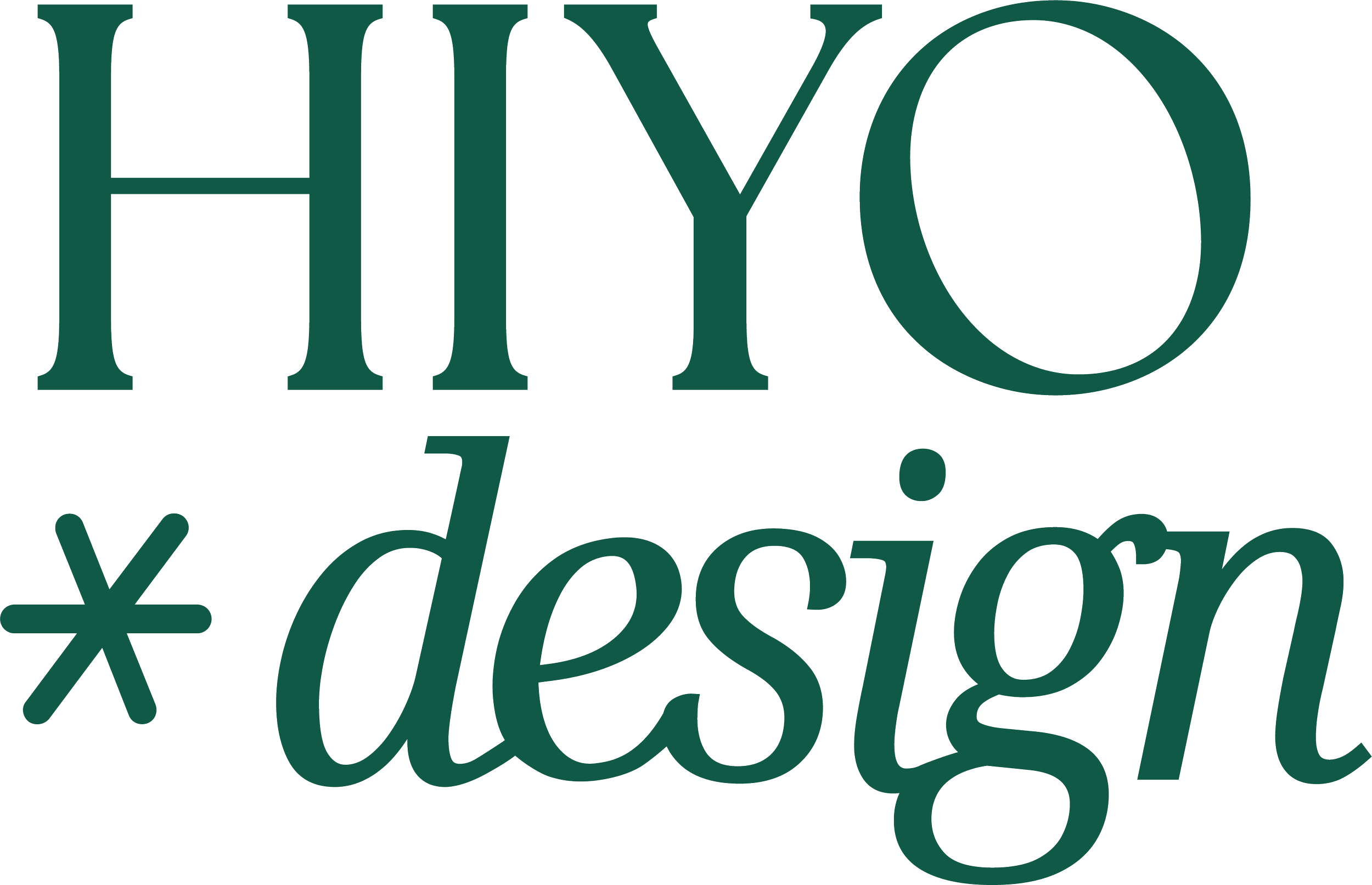4 Interesting Ways Color Theory Can Revolutionize Your Branding
Color has symbolism & psychological connotations
While you may not realize it, the colors of a design can tell you a lot about the brand or product.
Many colors have a pretty universal understanding:
green can mean “go”
red can mean “stop”
yellow can mean “happy”
blue can mean “sad'“
Some may vary from culture to culture:
In western cultures the color white symbolizes purity and innocence, whereas eastern cultures more commonly associate white with mourning and bad luck.
In the west, the color red is often associated with passion, danger an “error” or something that causes alarm, while in the eastern world it’s associated with happiness, joy, luck, prosperity and celebration.
Despite these variations, here are some of the most common color symbolisms across the entire spectrum, that should be kept in mind for your branding:
Red - excitement, energy, passion, love, strength, intense
Pink - love, caring, tenderness, acceptance
Beige - unity, calm, simplicity; Yellow - joy, happiness, optimism, hope, friendship
Blue - tranquility, knowledge, calm, stability, trust, confidence
Purple - nobility, wisdom, honor, transformation
Orange - energy, balance, vibrant, warmth, attention
Green - nature, healthy, renewal, generosity, good luck
Brown - share earth, stability, comfort, endurance
Gray - security, reliability, intelligence, maturity, practical
Black - power, sophistication, elegance, wealth, style
White - purity, cleanliness, peace, innocence, youth, simplicity
2. There’s a science behind color combinations that work
Primary (red/yellow/blue), when added together make white
Secondary, made from mixing two of the three primary colors
Tertiary, combinations of primary and secondary colors that fall in between Primary and Secondary (i.e. red-orange, blue-green)
Complementary colors are two colors on opposite sides of the color wheel, making this a high contrast and high impact combination. A complementary color combination is ideal when you want your branding to appear bold and really draw the eye to your brand.
Analogous colors are side-by-side on the color wheel, giving these ranges of colors more versatility in use since they're closer in hue. An analogous color combination is often used to evoke a sense of calm or appear more professional.
3. Color context matters more than you think
Depending on the context a color is presented, it can influence the perception of that color. There's an interesting phenomenon called simultaneous contrast which can occur when neighboring colors influence each other's appearance. This can be especially important when trying to maintain legibility with enough contrast between the forefront and background colors. The best way to understand this is by looking at the example below: A & B are the same color, though their context tricks your brain into thinking they’re different.
4. RGB vs. CMYK and why you should know the difference
To maintain your desired color output, it's important to use the correct color mode for your designs. For digital purposes, the best color mode to use is RGB (or Red, Green, and Blue). This is because in your devices, these three colors are what's used create virtually any digital color you wish. When all of these colors are combined together, they show up as white. On the other hand, for physical and printing purposes the best color mode to use is CMYK (or Cyan, Magenta, Yellow and Key/Black). The printer layers a combination of these four colors to create any printable color, so changing the mode in your digital file first will ensure no surprises when you get your designs from the printer!





